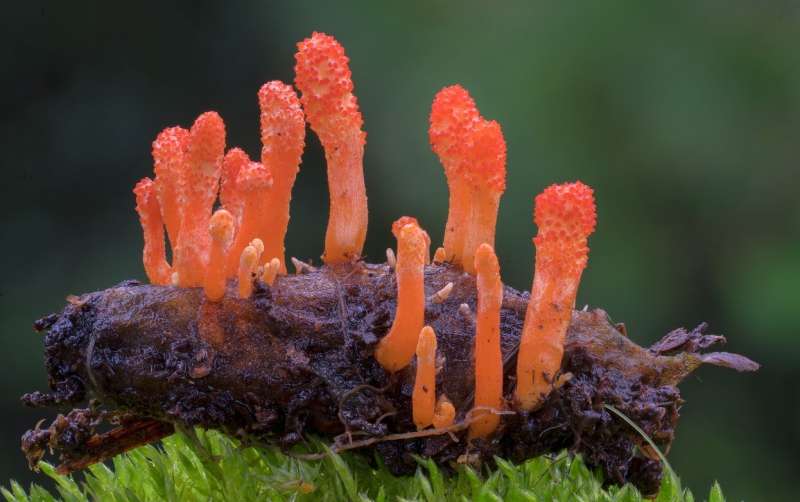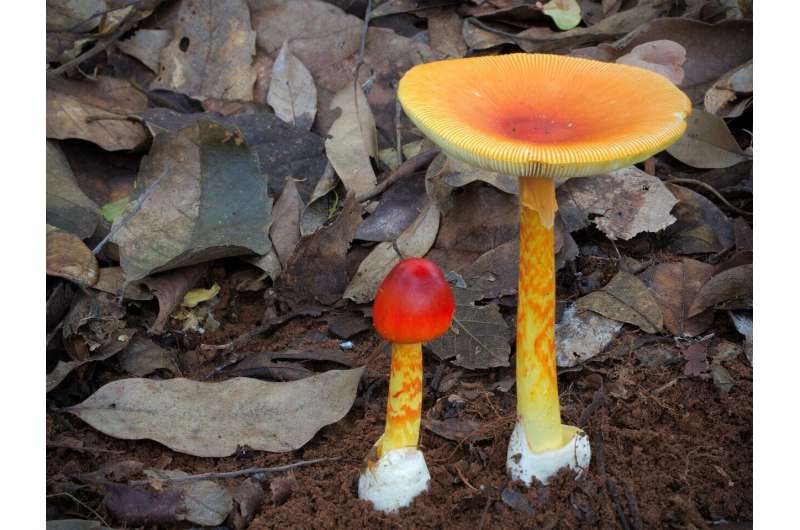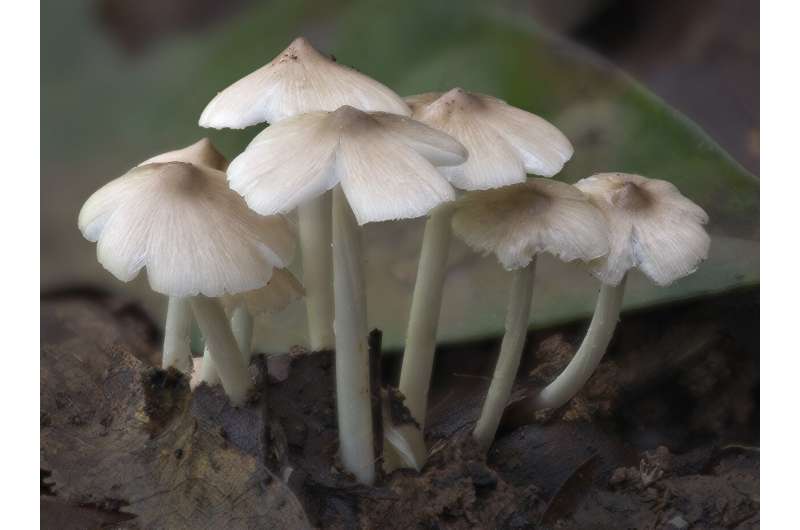New system for evidence-based mushroom classification

A new system for evidence-based mushroom classification seeks to reduce poisoning events and clarify edibility status, according to a review published this year.
Researchers from the Kunming Institute of Botany of the Chinese Academy of Sciences (KIB/CAS) and Center for International Forestry Research (CIFOR) -International Centre for Research in Agroforestry (ICRAF)'s China Programme collaborated to update an existing scheme for mushroom classification created in 2004.
Published in the journal Comprehensive Reviews in Food Science and Food Safety, the newly devised system for mushroom classification integrates the most current information to date, examining case reports ranging from 1849 to April 2020. The data set contains nearly 10,000 case reports from 99 countries and over 1,000 different sources. Reports from 18 different languages were incorporated into the data set.
Four categories were used to distinguish the final edibility status (FES) of case reports: edible; edible with conditions; edible, unconfirmed; and poisonous. After an exhaustive literature review covering nearly 2,800 mushroom species and careful scrutiny of all case reports, researchers identified 2,189 edible species, 2,006 species of which could be consumed safely and 183 species in need of treatment prior to safe consumption or with recorded instances of allergic reaction.

"To our knowledge, this is the first paper of its kind to include a FES," said LI Huili, lead author of the study, "we hope that accurate taxonomy and evidence-based knowledge can reduce the number of conflicting reports in the literature."
In recent years, wild mushroom consumption is on the rise as information becomes more readily available in the digital age. At the same time, thousands of wild mushroom poisonings occur each year. These poisonings largely stem from confusion over what is safe to eat, resulting in the presence of these "conflicting reports."
In many fields, imprecise science does not necessarily translate into a direct health hazard. In mycology, however, conflicting reports on edibility status can be lethal. Many factors contribute to conflicting reports.
Across a wide range of platforms, from peer-reviewed articles to unverified anecdotes on social media, one can find an abundance of information shared by experts and amateurs alike that is oftentimes inconsistent, contradictory or unverifiable. Greater ease of information transmission also facilitates the spreading of misinformation.

Furthermore, different regions may arrive at different conclusions regarding the status of wild mushrooms. These discrepancies occur when cultural attitudes and biases do not align. For example, P. indusiatus, known as the long net stinkhorn, is a delicacy in many Asian soups but generally seen as unpalatable in the West.
Communities with a stronger tradition of wild mushroom foraging and consumption also tend to be more adventurous in consuming gathered mushrooms. Communities that lack this tradition are more prone to avoid consumption.
Resolving these conflicting reports via the establishment of a standard method for edibility assessment will be an enormous aid to medical workers in understanding mushroom properties and properly diagnosing and treating poisoning cases. It will also allow consumers to understand certain risks in eating edible species while providing direction for proper culinary preparation. Finally, as the broader ecological picture clarifies and more species potentially become known as edible, wild mushroom gathering can play a larger role in supplementing rural incomes.
"This new system of classification allows us to recast the way we think about mushroom edibility going forward," said Peter Mortimer, corresponding author of the paper. "It is dynamic, evidence-based and of enormous benefit to researchers, consumers and indigenous populations."

The paper ends with a call for all future reports to include specific documentation to support assessment, raising the bar for issuing authoritative recommendations on mushroom edibility.
With a reliable classification system now in place, the years to come will be a great place for those hungry for fungi.
More information: Huili Li et al. Reviewing the world's edible mushroom species: A new evidence‐based classification system, Comprehensive Reviews in Food Science and Food Safety (2021). DOI: 10.1111/1541-4337.12708
Provided by Chinese Academy of Sciences
















